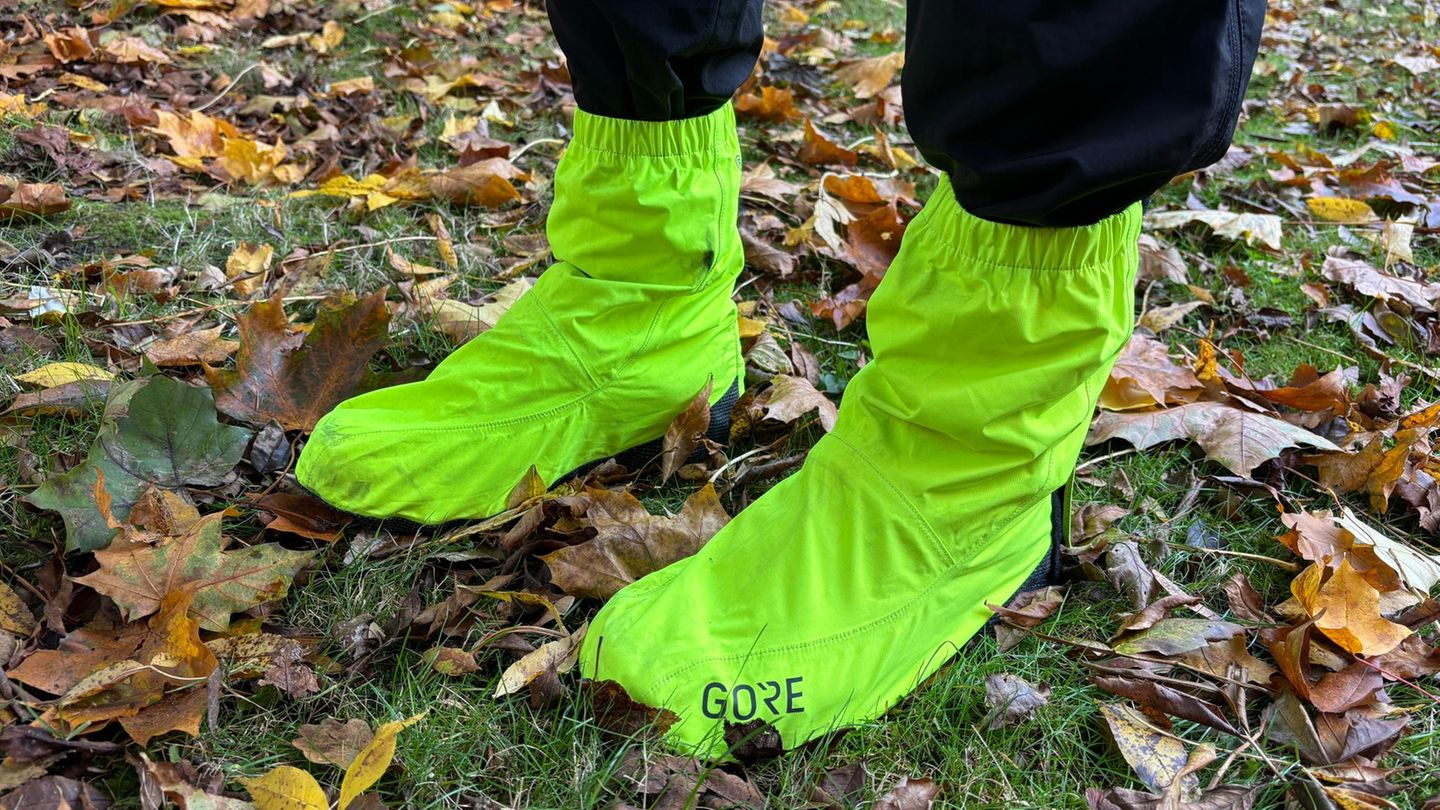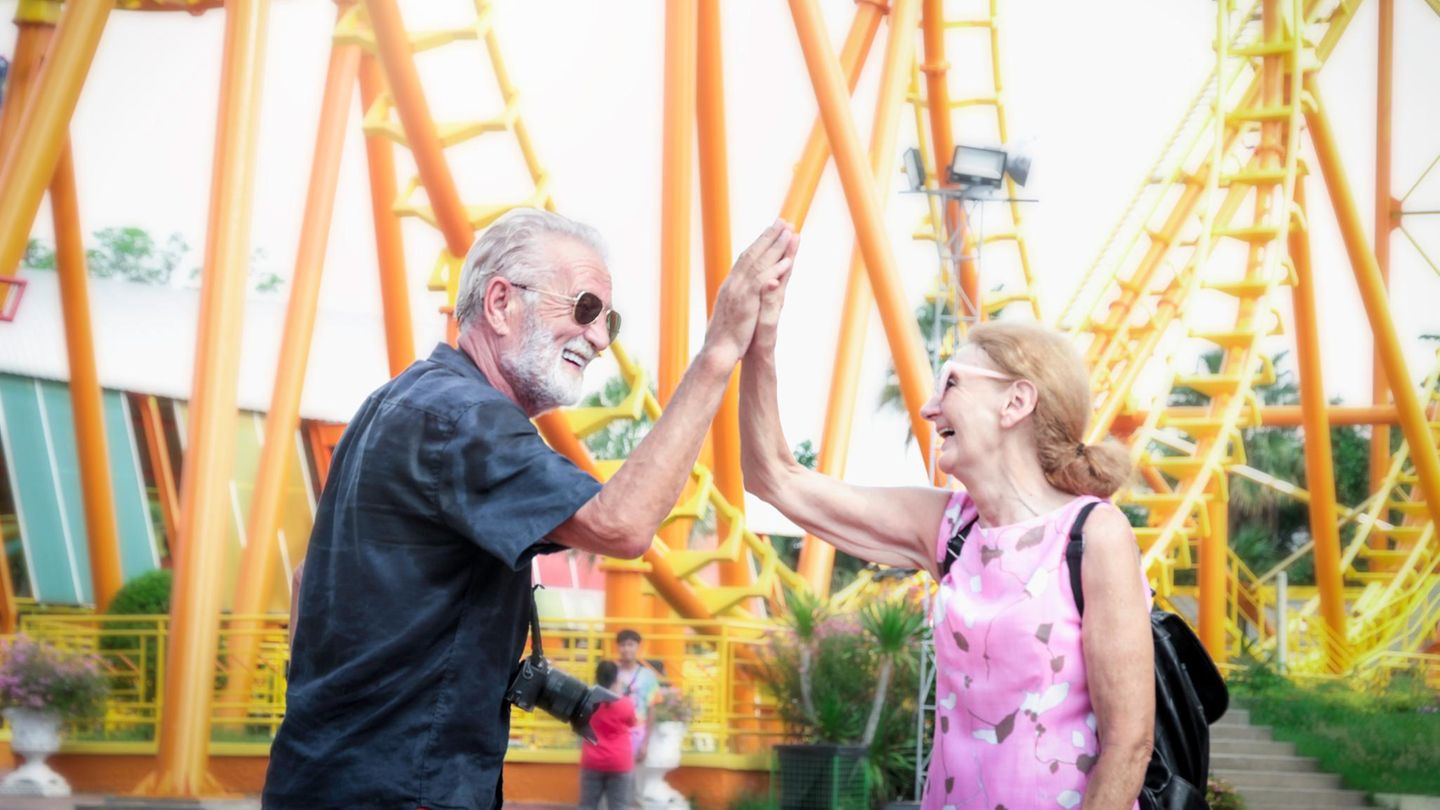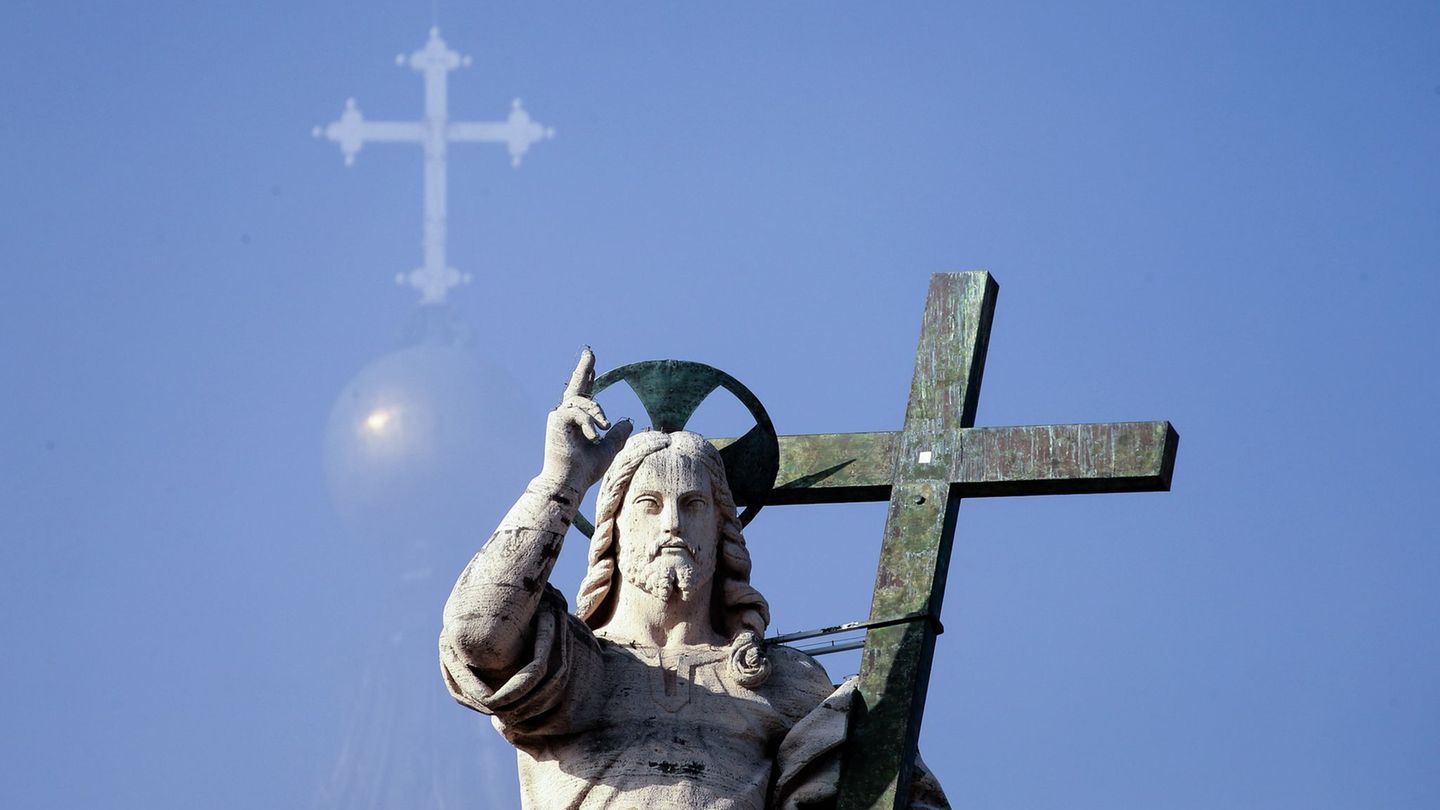I have been working in the news industry for over 6 years, first as a reporter and now as an editor. I have covered politics extensively, and my work has appeared in major newspapers and online news outlets around the world. In addition to my writing, I also contribute regularly to 24 Hours World.
Menu
Vatican: What happens after the Pope’s death?
Categories
Most Read
Can Donald Trump simply move World Cup venues? That’s what lies behind it
October 16, 2025
No Comments
The situation at a glance: Before meeting with Trump: Zelensky receives new arms commitments
October 16, 2025
No Comments
Domestic political crisis: France’s prime minister has to face motions of no confidence
October 16, 2025
No Comments
Donald Trump wants to expand military operations in Venezuela
October 16, 2025
No Comments
Defense: What is planned during military service and what is disputed
October 16, 2025
No Comments
Latest Posts

Bicycle overshoes: This keeps your feet warm and dry
October 16, 2025
No Comments
PierceI am Pierce Boyd, a driven and ambitious professional working in the news industry. I have been writing for 24 Hours Worlds for over five

Save with your pension card: You get these discounts
October 16, 2025
No Comments
AngelicaI am an author and journalist who has written for 24 Hours World. I specialize in covering the economy and write about topics such as

Spa Resort Geinberg continues to invest in premium areas
October 16, 2025
No Comments
In just a few months, the section of the Geinberg Spa Resort was completely renovated. New roof garden sauna Bernhard Singer (Director of Operations Spa
24 Hours Worlds is a comprehensive source of instant world current affairs, offering up-to-the-minute coverage of breaking news and events from around the globe. With a team of experienced journalists and experts on hand 24/7.

